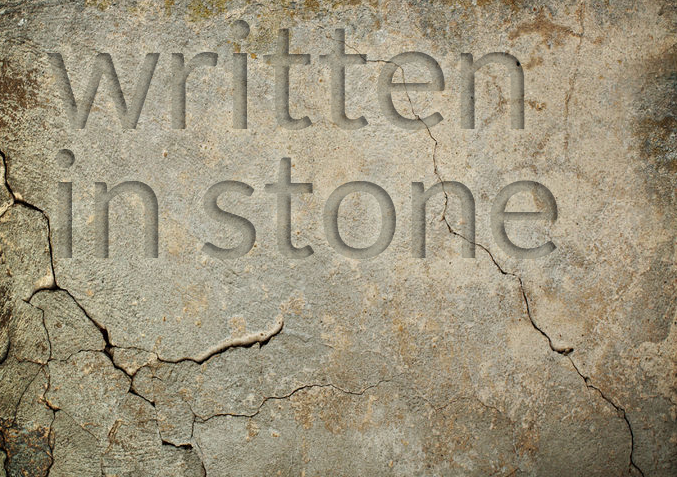
Email is a 40-year-old technology that is not going away for very good reasons — it’s the cockroach of the Internet.
Ouch! Those memorable words came from Jason Hirschhorn, author of the popular, 7-year-old Media ReDef email newsletter.
Hirschhorn was quoted in a recent New York Times opinion piece from media columnist David Carr, “For Email Newsletters, a Death Greatly Exaggerated.” Carr traces the on-again, off-again, it’s-complicated relationship that marketers and audiences have with email.
On the plus side of the equation: Email, and specifically emailed newsletters, cut through the never-ending social media stream and curate content. Seeing the finite beginning and end to an email is less stressful than trying to follow the ongoing spool of like/retweet/reblog/etc. that reaches us through multiple devices sunup to sundown. “The stream can be a harsh mistress,” says Mathew Ingram on behalf of most of our Wi-Fi-connected culture. The stream hurts our heads; email hurts it less.
Email newsletters are relevant because you’ve deemed them so, and if that changes, it takes just a single click to end the relationship. Carr notes the growing popularity of newsletters by Quartz, Atlantic Media’s business site, and Today in Tabs from Newsweek.
On the negative side of the equation: The sheer overabundance of email. Carr says email leader Mailchimp is adding 10,000 new users every day. Millions of emails spill forth …
 Email’s Retro Appeal
Email’s Retro Appeal
In an interview with the Nieman Journalism Lab, Rusty Foster, the writer behind Today in Tabs, points out a quality about email that is almost retro: “When you send out an email, it’s finished. You can’t fix anything,” he says. “It’s weirdly like print in that sense — once it’s published, it’s published. It’s done.” This print-like quality is one reason that email appeals to brands involved with brand journalism. The format allows for a neat stop and start for the reader, with all of the cost savings and scalability of digital news. The trick, of course, is staying relevant.
Email and Brand Journalism
As Catherine O’Donovan summarized earlier this year at NiemanLabs.org,
No one’s saying that the future of news is a bunch of email newsletters, but their recent success is a trend that’s worth investigating — one that combines the power of personal brand journalism with the allure of providing a filter for the endless content stream.
Yes, but … why couldn’t the future of brand journalism be “a bunch of email newsletters”? The topics, length, style, and tone of emails can be custom-fit to very small audiences and very specific consumption patterns (iPads versus smartphones, for example). Brands already slice and dice content to appeal to different channels and target audiences. I would be happy to get regular emails on very niche topics if the scope remained small and focused, and under my control. “Super-small me,” if you will, but let me customize it.
Then the question becomes, how can you personalize email so it has a greater chance of being relevant to the recipient? I think we’ll continue to see more brands mining data about their subscribers externally, but also start to build customized newsletters based on previous interactions. Think Facebook’s Big-Tobacco-esque thought control applied to emails from your favorite brands: Is the news still relevant to you, or now even more relevant since it is delivered without other distractions?
Like the regular assertion that blogging is dead or the pronouncement that “emails will resume once they are ‘epic'” it seems that marketers fall in and out of love with email as metrics and attention warrant. So I relished Carr’s opening statement about email’s revival:
So it gives us great pleasure to reveal a radical publishing technology that is catching on in news media companies big and small. Ladies and gentlemen, behold: email.
Image by jamesstar/123RF.
 Email’s Retro Appeal
Email’s Retro Appeal